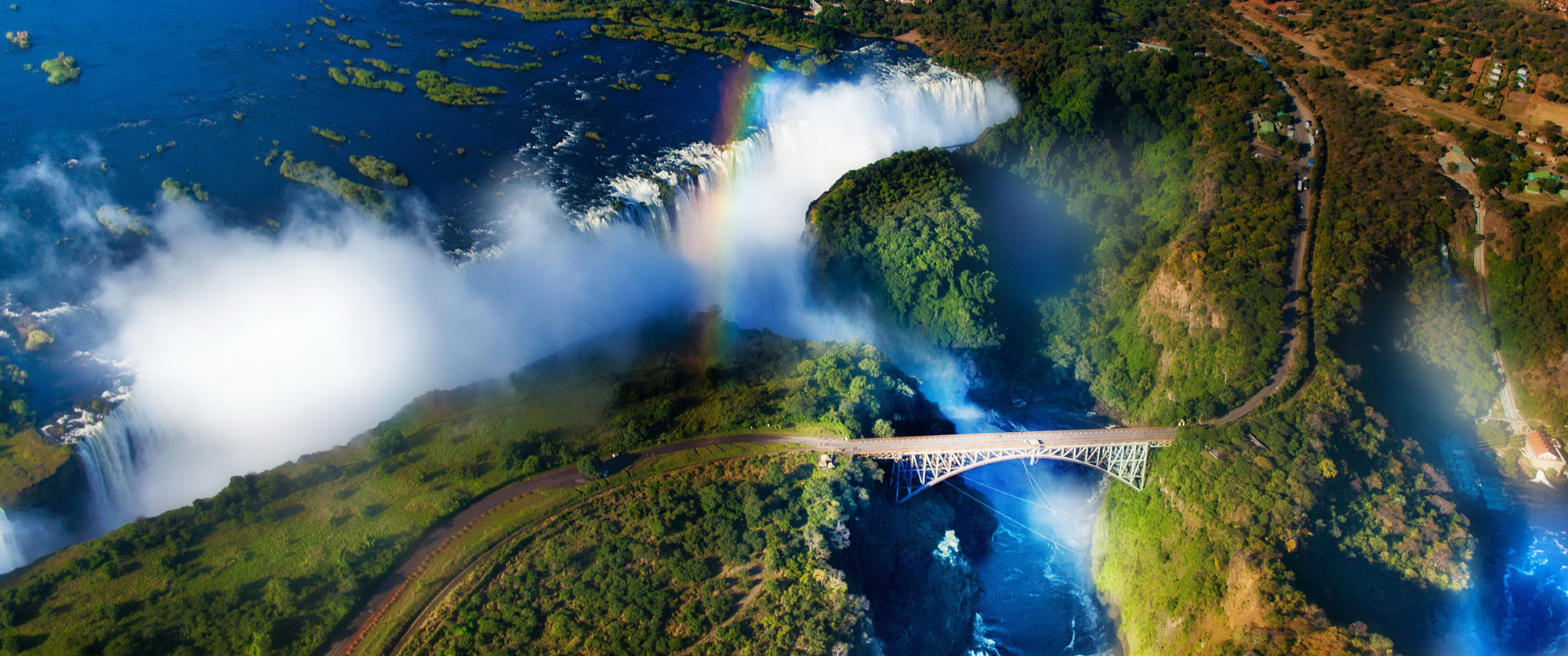
Zimbabwe, a landlocked nation in Southern Africa, is renowned for its natural beauty, vibrant culture, and historical depth. Beyond its stunning landscapes, the country boasts a wealth of heritage sites that offer a window into its rich past. From ancient civilizations to colonial history and indigenous traditions, Zimbabwe’s heritage sites present a captivating journey for travelers, historians, and cultural enthusiasts alike.
Great Zimbabwe: The Iconic Stone City
At the heart of the country’s heritage stands Great Zimbabwe, a UNESCO World Heritage site and the namesake of the nation. Built between the 11th and 15th centuries, this ancient city was the capital of the Kingdom of Zimbabwe. Its dry-stone constructions, including the massive Great Enclosure and the Conical Tower, are architectural marvels reflecting sophisticated engineering and societal organization. Visiting Great Zimbabwe offers a glimpse into a flourishing medieval African civilization and its trade networks that extended as far as the Indian Ocean.
Khami Ruins: Echoes of the Torwa Kingdom
Another UNESCO-listed site, the Khami Ruins, lies near Bulawayo and served as the capital of the Torwa dynasty in the 15th and 16th centuries. The ruins are distinguished by ornate stone platforms, terraced structures, and soapstone decorations. Khami illustrates the continuation and evolution of stone architecture after the decline of Great Zimbabwe and highlights the artistic and social ingenuity of its inhabitants.
Matobo Hills: Spiritual and Cultural Landscapes
The Matobo Hills, a UNESCO World Heritage site, combines natural beauty with profound cultural significance. The granite kopjes and balancing rock formations have been sacred to local communities for centuries. Visitors can explore ancient rock art created by the San people, depicting hunting scenes, rituals, and daily life. Beyond art, the hills are home to burial sites of historical figures and spiritual leaders, underscoring the area’s enduring cultural resonance.
Chinhoyi Caves: Geological Wonder and Historical Significance
The Chinhoyi Caves, with their striking limestone formations and cobalt-blue pools, offer both natural beauty and historical intrigue. These caves were historically used as shelters and ceremonial sites by local communities. Today, they attract tourists and divers alike, providing an intersection of adventure, history, and geology.
Cultural Heritage in Urban Spaces
Zimbabwe’s heritage extends into its urban landscapes. Harare and Bulawayo are home to museums, galleries, and memorials that preserve colonial history, liberation movements, and indigenous cultures. Institutions like the National Gallery of Zimbabwe and the Zimbabwe Museum of Human Sciences showcase traditional crafts, sculptures, and archaeological artifacts, creating a bridge between the past and present.
Why Zimbabwe’s Heritage Matters
Zimbabwe’s heritage sites are more than tourist attractions they are symbols of identity, resilience, and creativity. They tell stories of civilizations that thrived centuries ago, of communities that preserved traditions, and of landscapes imbued with spiritual meaning. Preserving and exploring these sites allows both locals and visitors to connect with the rich tapestry of Zimbabwean history and culture.
Exploring Zimbabwe’s heritage sites offers an immersive experience where history, art, and nature converge. From the grandeur of Great Zimbabwe to the mystical Matobo Hills, each site provides a unique chapter in the nation’s story. For travelers seeking meaningful cultural experiences, Zimbabwe stands as a treasure trove of heritage waiting to be discovered.
Read more on Travels On Click:
A Journey Through Kenya’s Cultural Festivals: Experiences You Can’t Miss
Nigerian Art and Culture: A Journey through Lagos and Benin City

